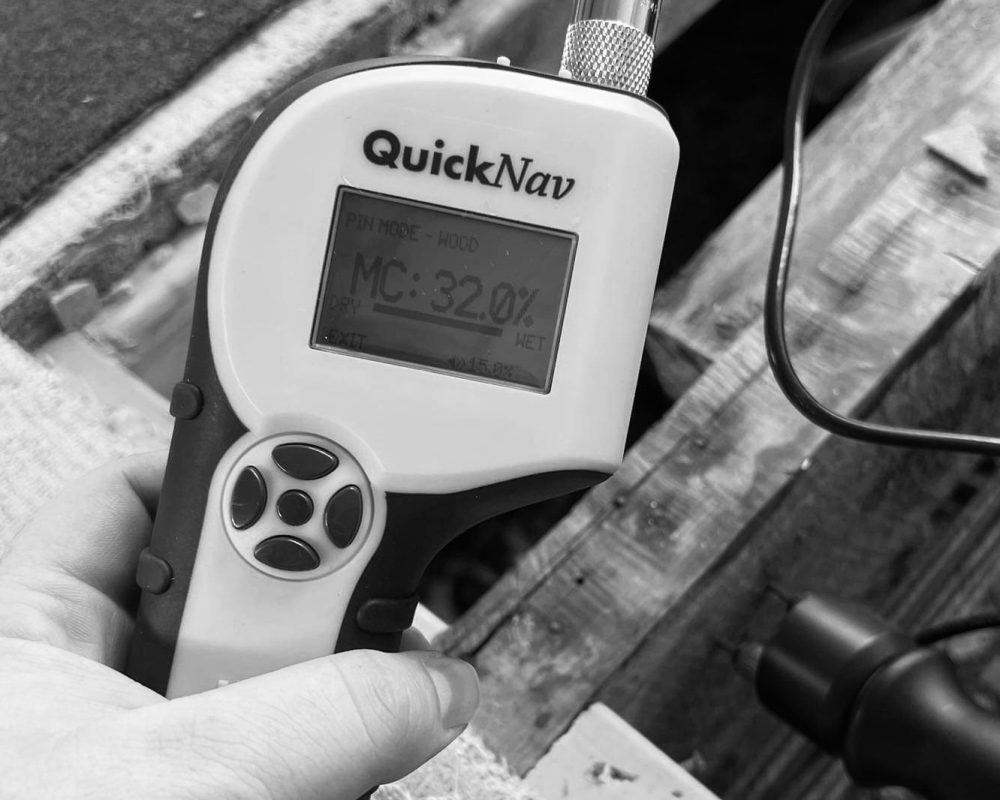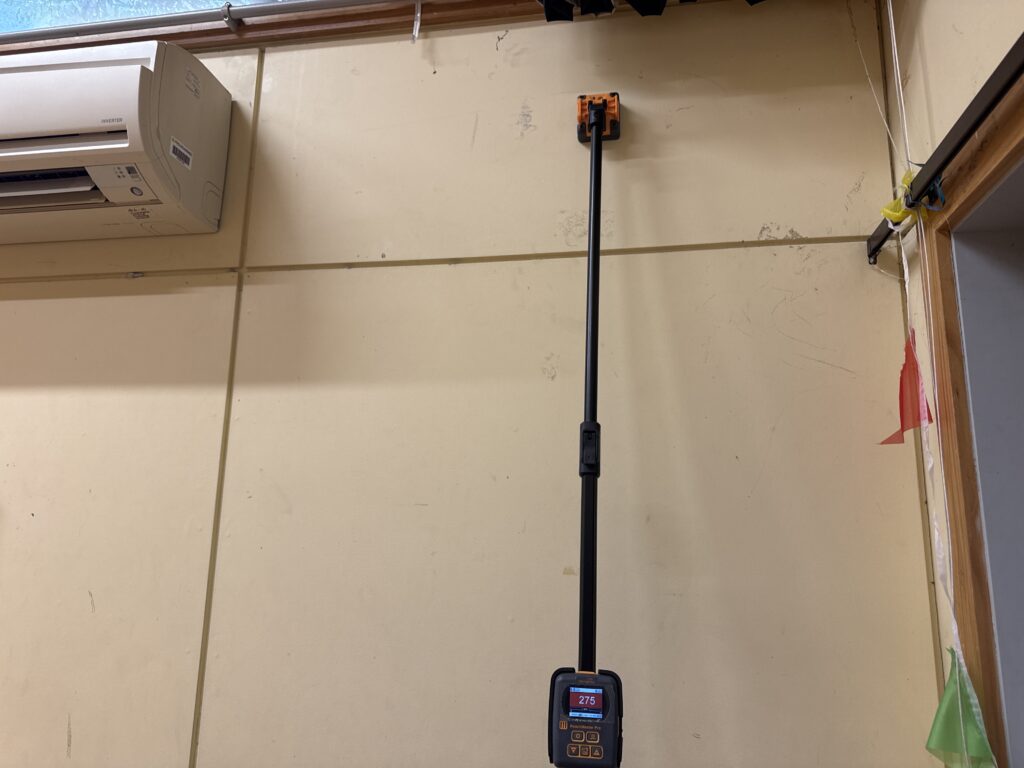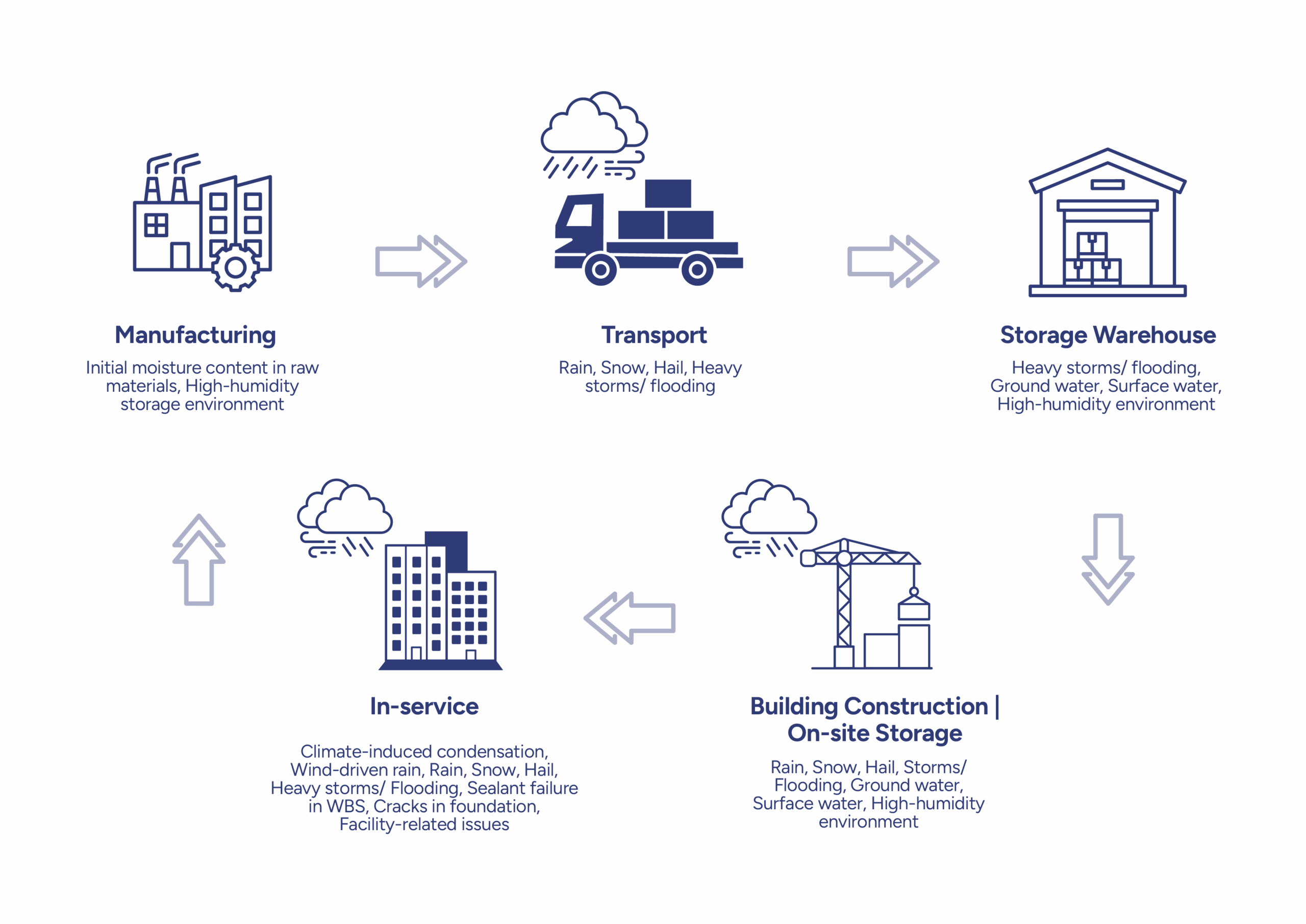Moisture Assessments
At Aerem, we specialise in independent moisture assessments designed to identify leaks, hidden dampness, and water ingress before they cause costly damage or health risks. Our experienced team provides clear, accurate reporting to support homeowners, property managers, and builders in maintaining safe, dry, and compliant buildings.

- About The Service
Why Choose a Moisture Assessment?
Benefits include:
- Detecting hidden leaks and trapped dampness within walls, floors, and cavities
- Preventing structural issues and timber rot
- Reducing mould growth and improving indoor air quality
- Ensuring compliance with healthy home standards and tenancy legislation
- Supporting pre-purchase inspections and insurance claims

Common Signs of Moisture Problems
- Musty odours or persistent damp smells
- Staining, bubbling, or discolouration on walls or ceilings
- Condensation on windows or walls
- Warped flooring or skirting boards
- Mould growth in corners or behind furniture
If you notice these signs, a professional moisture inspection is highly recommended.
Building Material Moisture Content Standards in New Zealand
In New Zealand, the NZ Building Code (NZBC) sets specific moisture content requirements for building materials to ensure durability and health standards are met. Proper moisture levels prevent mould, timber decay, and structural damage.
Typical moisture content thresholds for various materials:
Timber
- Freshly cut: 30-60% moisture content (MC)
- In service (dry conditions): below 20% MC (ideally around 12-15%) for most internal timber, to prevent rot and decay.
Drywall and plasterboard
- In New Zealand, an acceptable moisture level in drywall is generally considered to be between 5% and 12%. Readings up to 17% are still considered acceptable, but readings above that may indicate a problem that needs to be addressed.
Concrete and masonry
- Moisture content should generally be below 5-8%, depending on the application and drying stage.
Why these levels matter: Maintaining moisture content within recommended ranges helps prevent mould growth, timber rot, and structural issues. Our assessments measure these levels to ensure your building remains within safe and compliant parameters.

- Pricing
Transparent Pricing & Tailored Solutions
All assessments are customised based on your specific needs. We’ll provide a clear quote before beginning any work, ensuring you know exactly what to expect.
Basic Targeted Moisture Assessment
$350+ GST
Detailed Moisture Mapping Assessment
- How It Works
Our Process
1.
Initial Consultation
2.
Visual Inspection
3.
Moisture Meter Testing
4.
Thermal Imaging (if required)
5.
Reporting & Recommendations
You receive a clear, detailed report outlining findings and suggested next steps, including repairs, drying, or further investigations.
FAQs
What is a moisture assessment?
A moisture assessment detects dampness or water ingress within a building. It combines visual checks with specialised tools to uncover issues that aren’t immediately visible.
Who needs a moisture assessment?
- Homeowners concerned about leaks or dampness
- Landlords ensuring compliance with Healthy Homes Standards
- Property buyers during pre-purchase inspections
- Builders, developers, and insurance assessors
Which areas do you service?
What tools do you use?
What happens if moisture is detected?
Can moisture assessments identify mould?
Building Code Compliance in New Zealand
In New Zealand, the NZ Building Code (NZBC) requires that buildings are constructed and maintained to prevent excessive moisture ingress, condensation, and mould growth. Standards specify maximum moisture levels for different materials and outline best practices for moisture control through design, construction, and ongoing maintenance. Our assessments help ensure your property remains compliant, durable, and healthy by identifying potential issues early and supporting ongoing moisture management.
